Creativity is emphasized by individuals ranging from CEOs to mental-health professionals, as people actively seek novel and engaging methods of self-expression. A noteworthy example of such a method is reverse coloring, which deviates from the traditional blank canvas approach by utilizing an already fully-colored abstract watercolor page as the foundation. This unconventional approach presents a distinctive challenge, as the artist must exercise their imagination to integrate their drawings or doodles with the pre-existing abstract colors on the page.
What is reverse coloring?
 Reverse Coloring is a more inspiring form of doodling since it uses a page with abstract watercolor shapes as the basis for your artwork. The pre-existing colored shapes will inspire your creativity as your imagination finds new beauty and patterns in the combinations of lines and colors.
Reverse Coloring is a more inspiring form of doodling since it uses a page with abstract watercolor shapes as the basis for your artwork. The pre-existing colored shapes will inspire your creativity as your imagination finds new beauty and patterns in the combinations of lines and colors.
Although this concept is relatively new to the general public, it is very familiar to professional artists. Some artists even maintain journals or diaries of watercolor doodles. They first create abstract art with watercolors and then add doodles to the dry shapes, blending painting and drawing in their final artwork.
Because the underlying watercolors are so beautiful, even the simplest doodle will reward you with stunning and eye-catching artwork. If you need more inspiration with your usual drawings, try reverse coloring. It can be a fun and simple way to add diversity to your art.
How is reverse coloring different from traditional coloring?
- Coloring in traditional coloring books, a hobby beloved by children and adults since the 17th century, involves filling in black-and-white outlines with colors of your choice.
Reverse coloring involves drawing or doodling on an already-colored abstract watercolor page. The pre-existing colors provide a background for your artwork, and you add your creative touches by drawing or doodling on top of the colors.
- While traditional coloring can be relaxing and enjoyable, it may also limit creativity.
In a reverse coloring book, watercolor pages have been created with unique patterns and shapes. The result is a page that suggests many possibilities, allowing the artist to interpret and create her own designs. With reverse coloring, you are not confined to coloring within the lines or sticking to pre-existing designs. Instead, let your imagination run wild and create your own unique artwork.
Reverse Coloring Ideas: Endless Possibilities




- One key difference between reverse coloring and traditional coloring is the materials used. Traditional coloring usually involves colored pencils, markers, or crayons.
Whereas in reverse coloring, you just need a doodling pen or a soft nib pen; even a regular pen will do.
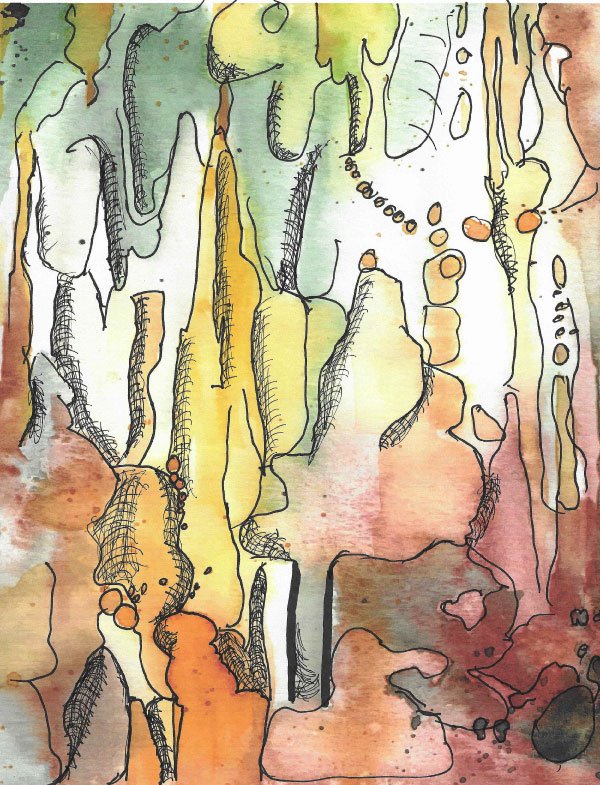 Reverse coloring can benefit artists by promoting creative thinking and allowing for more expressive, free-form art making. By adding line work to watercolor paintings, artists are challenged to look at the image before them and use their creativity to fill in the blanks. Unlike regular coloring books, which can be more structured and limiting, reverse coloring books offer a more open-ended experience. This can help artists break out of their routines and explore new ways of creating. This can be especially beneficial for art students, who may be bogged down by the technical aspects of their coursework and need an outlet for self-expression. Additionally, reverse coloring books can be a great way to loosen up and make art without the pressure of doing things “correctly.”
Reverse coloring can benefit artists by promoting creative thinking and allowing for more expressive, free-form art making. By adding line work to watercolor paintings, artists are challenged to look at the image before them and use their creativity to fill in the blanks. Unlike regular coloring books, which can be more structured and limiting, reverse coloring books offer a more open-ended experience. This can help artists break out of their routines and explore new ways of creating. This can be especially beneficial for art students, who may be bogged down by the technical aspects of their coursework and need an outlet for self-expression. Additionally, reverse coloring books can be a great way to loosen up and make art without the pressure of doing things “correctly.”
Getting Started with Reverse Coloring
To get started with reverse coloring, you need only a couple of things:
- Black or white fine-liner pens
- Pencil (optional)
- Reverse coloring book of your choice
Black or white fine-liner pens
 A black pen is essential for reverse coloring as it outlines the shapes on the colored page. You can use a fine-tipped pen for detailed outlines or a thicker pen or marker for bolder outlines. Doodling pens come in various sizes, ranging from ultra-fine to extra-bold tips. A variety of pen sizes can help you create intricate designs with fine details or bold and striking lines. For instance, you can use a fine-tip pen to create patterns and a thicker pen for much bolder details or to fill an area.
A black pen is essential for reverse coloring as it outlines the shapes on the colored page. You can use a fine-tipped pen for detailed outlines or a thicker pen or marker for bolder outlines. Doodling pens come in various sizes, ranging from ultra-fine to extra-bold tips. A variety of pen sizes can help you create intricate designs with fine details or bold and striking lines. For instance, you can use a fine-tip pen to create patterns and a thicker pen for much bolder details or to fill an area.
Adding a white pen to your collection of doodling pens can create depth and contrast in your art. While black can be used to create bold outlines, white can add highlights or create contrast. The white pen is also ideal for use on dark-colored pages.
Pencil
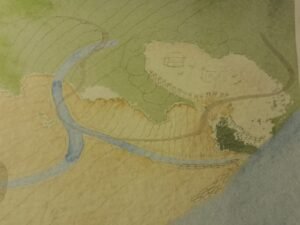 Not sure what to draw or want to explore some possibilities before you choose your design? You can use a pencil to sketch out your ideas before starting the reverse coloring process. A light pencil sketch can be erased easily. Sketching with a pencil will allow you to make changes and adjustments before committing to the final design, especially if you envision complex designs.
Not sure what to draw or want to explore some possibilities before you choose your design? You can use a pencil to sketch out your ideas before starting the reverse coloring process. A light pencil sketch can be erased easily. Sketching with a pencil will allow you to make changes and adjustments before committing to the final design, especially if you envision complex designs.
However, if you prefer to dive right in and start doodling without a plan, that is also perfectly fine. The beauty of reverse coloring is that it allows for creative freedom and spontaneity. You can let your imagination guide you and create whatever comes to mind. The most important thing is to have fun and enjoy the creative process.
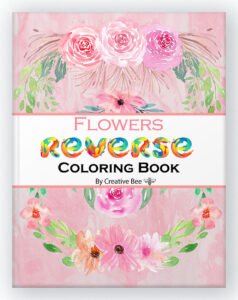
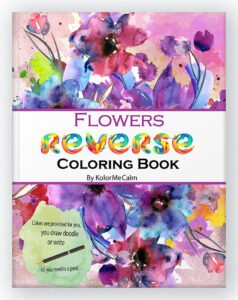
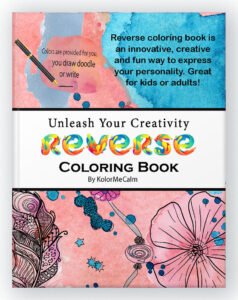

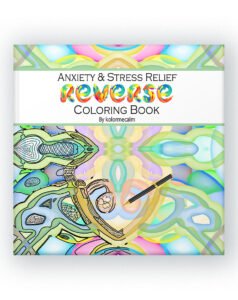
Online retailers like Amazon, Etsy, and Barnes & Noble offer a selection of reverse coloring books for $10 – $20. You can easily browse their websites and select a book that suits your interests and preferences.
The difficulty level of reverse coloring books can vary depending on the type of book and the artist’s skill level. It may be helpful for beginners to start with reverse coloring books that have more defined shapes, such as Mandala reverse coloring books, Pattern reverse coloring books, or Flowers reverse coloring books. These books provide a slightly more defined outline for the artist to follow and build confidence in their skills. Here are some suggestions:
For more experienced artists and those who enjoy challenges, abstract reverse coloring books may provide more excitement and fun. These books feature more ambiguous shapes and patterns, allowing greater creativity and imagination in coloring. Here are some suggestions:
Ultimately, the difficulty level will depend on the individual’s preferences and skill level. Choosing a book that matches your interests and abilities is important to ensure an enjoyable and rewarding coloring experience.
Free Reverse Coloring Pages
Some free reverse coloring pages are also available online for those who want to try them out before investing in a book.
- Kolormecalm free reverse coloring pages
- Creative Bee free reverse coloring pages download
Reverse coloring is a fun and unique way to create art, combining traditional coloring and doodling with the challenge of working with pre-colored abstract pages. With just a black pen, you can create beautiful designs and explore your creativity in a new way. Give it a try and see what amazing designs you can create!






